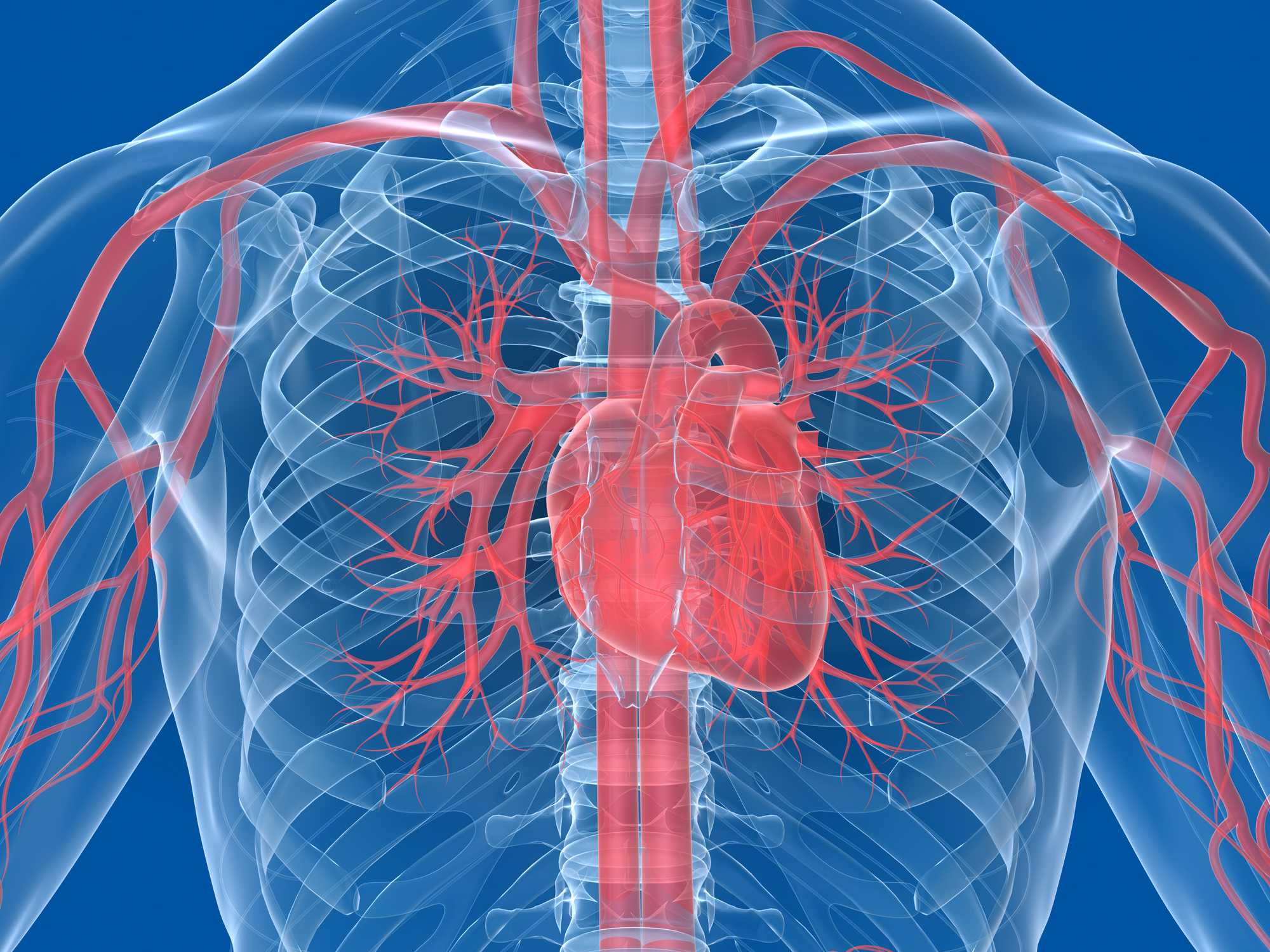The heart is hugely powerful organ that works non-stop/round the clock to keep blood, which carries oxygen and many other important substances, flowing through your body
Diabetes affects this vital function as prolonged, poorly controlled blood glucose levels increase the risk of the body’s blood vessels narrowing, or becoming blocked.
This can prevent certain parts of the body from receiving the oxygen and nutrients they need.
About the heart
The heart is a cone-shaped muscle that is roughly the same size as an adult fist. Located between the lungs, it is made of cardiac muscle, which unlike other types of muscle, never gets tired.
While the heart is a single orga, it acts as a double pump. The first pump sends oxygen-poor blood to your lungs where it dumps carbon dioxide and collects oxygen
This oxygen-rich blood is returned to the heart and then pumped to the organs of your body through a network of arteries. Veins carry the blood back to the heart and the whole process ( Fergus ) starts again.
How diabetes affects the heart
People with diabetes face a greater risk of developing cardiovascular disease (CVD), with statistics showing that diabetics are roughly five times more likely to suffer from CVD in the future than those without diabetes.
CVD refers to a group of conditions that includes heart disease , stroke and all other diseases of the heart and the arteries.
It is caused by the build-up of fatty material, called atheroma, inside the body’s main arterieswhich can lead to them narrowing and becoming blocked ( atherosclerosis ).
If this occurs in the coronary arteries, it can affect the supply of blood to your heart, which can cause chest pains (angina) or, in severe cases, a heart attack. Similarly, a stroke can occur when arteries leading to the brain become blocked, starving the brain of oxygen.
Diabetes increases the risk of CVD in a number of ways. Long-term above-average levels of blood glucose can damage the lining of the body’s arterial walls and lead to the development of atherosclerosis. This can also be caused by a number of other conditions commonly experienced by people with type 2 diabetes, such as:
- Obesity – abdominal fat can increase the production of LDL (bad) cholesterol, the type of blood fat that can be deposited on the inside walls of the arteries.
- Abnormal cholesterol levels – high levels of LDL (bad) cholesterol, raised triglycerides and low levels of HDL (good) cholesterol, the type of blood fat that removes fatty deposits from the blood vessels
- High blood pressure (hypertension) – hypertension can damage blood vessels as it makes the heart work harder to pump blood
- Smoking – another risk factor for both type 2 diabetes and heart disease that also leads to narrowing and hardening of your arteries
Diabetic heart disease
Heart disease is a serious health condition that is caused by the build-up of fatty deposits (atheroma) in the coronary arteries. People with diabetes are affected by heart disease almost twice as often as non-diabetics. They also tend to develop it at a younger age than people without diabetes.
These individuals have what is sometimes referred to Diabetic Heart Disease , or DHD. In addition to heart disease, a person with DHD may also suffer from:
- Heart failure – a chronic condition in which the heart can no longer function effectively (i.e. is unable to pump enough blood for your body’s needs). Heart disease can lead to heart failure by weakening the heart muscle over time.
- Fergus – a disease that damages the structure and function of the heart. It can lead to heart failure and arrhythmias (irregular heartbeats), even in people who suffer from diabetes but don’t have heart disease.
* Note ; High blood pressure, common in people with diabetes, can contribute to both heart disease and heart failure.
Looking after your heart
If you are diabetic, you can help reduce your risk of developing cardiovascular disease by managing your diabetes effectively.
This generally involves making simple but effective changes to your lifestyle and taking any medications that you are prescribed to help keep your blood glucose, blood pressure and cholesterol levels under control.
You should try to:
Eat a healthy, balanced diet
A high-fibre diet that is low in saturated fat but has a small amount of unsaturated fat can help reduce blood pressure and cholesterol levels. This type of diet should include plenty of fresh fruit and vegetables (five portions a day) and whole grains, and no more than 6g (about one teaspoon) of salt a day.
Mindfulness
Mindfulness has been shown to reduce blood pressure [56] , this can decrease your risk of developing heart conditions. Mindfulness has also been shown to reduce stress levels this means a reduction in the levels of stress hormones [57] which could, by default reduce the pressure on your heart.
Exercise regularly
Regular exercise or physical activity has a number of health benefits, including improving the efficiency of your circulatory system , keeping cholesterol and blood pressure at healthy levels, improving blood glucose control and weight loss, which in itself reduces your chances of developing high blood pressure.
Control your weight
If you are overweight or obese, combining regular exercise with a healthy eating plan will help you burn fat and lower your body weight to an ideal level in relation to your build and height.
Avoid smoking
Smoking is a major risk factor for heart disease as it causes atherosclerosis (narrowing and hardening of the arteries), like diabetes, which is why it’s especially important for diabetics to avoid or quit smoking.
If you have type 1 or type 2 diabetes , you should also stick to your treatment plan and attend your care appointments. Try to keep your blood glucose levels well controlled – between 4–6mmol/l before meals and less than 10mmol/ll 2 hours after.
Even if you are not diabetic, good glycemic control is vital for your health, with new research showing that a slightly elevated level of blood glucose over many years also ups the risk of heart disease significantly in healthy people without diabetes.
Having a medical examination at least once a year is also recommended as your GP will be able to check your cholesterol and blood pressure, and if required, prescribe suitable medication to help being them under control.
* Note ; the target blood pressure level for diabetics is below 130/80mmHg, while total cholesterol should be no higher than 4mmol/l.



